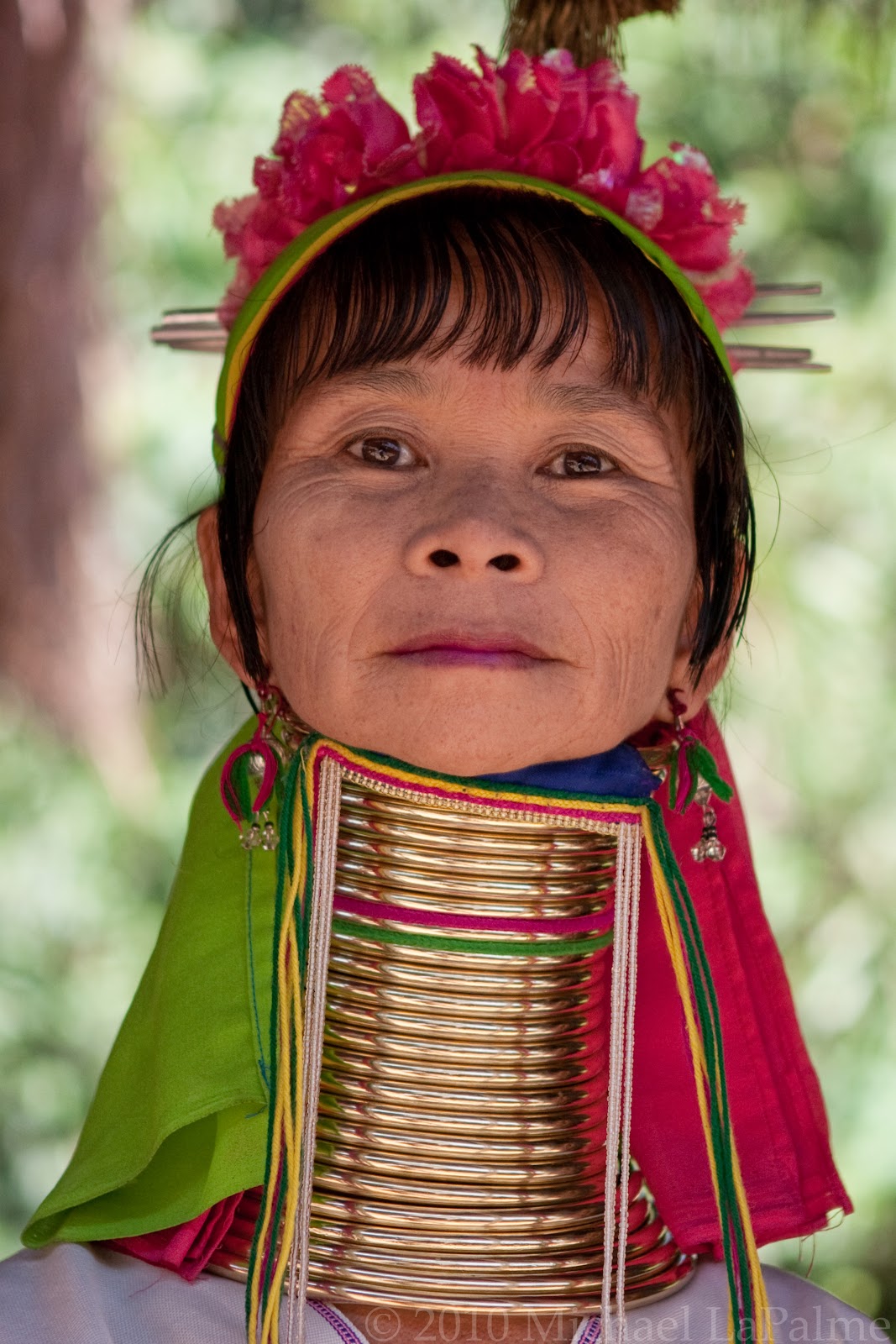
Michael LaPalme Portraits of the Long Necked Karen
The Karen are an ethnic group who have resided in Burma for over two thousand years and were one of the first inhabitants of the region. Many of the Karen have fled Burma due to religious and ethnic persecution by the government. When and why did this population come to USA?

BURMESE (MYANMAR) PEOPLE Hpa An, Karen People, Vietnam, Burma Myanmar, Spring Racing, Modern
At her neighbour's house in the tiny jungle hamlet of Nyah Beh Ki, a two-day hike inland from the Salween River which separates Myanmar, formerly known as Burma, from western Thailand, Paw Wah.

English,Burmese and Karen speaking. YouTube
Following Burma's independence from the United Kingdom on 4 January 1948, the two largest opposition groups in the country were the communists, led by the Communist Party of Burma (CPB), and the Karen nationalists, led by the Karen National Union (KNU).. Initially there was calm during the transitional period after independence, but on 2 April 1948, the CPB fired the first shots of the.

Theint Thada Win Karen dress, Karen people, Myanmar traditional dress
The Karen are an internally diverse group of ethnic minorities who live primarily in southern and southeastern Burma. They are the second-largest non-Burman ethnic group in Myanmar comprising some 6% of the population, and are mostly Christian. During WWII, roughly 28% of Karen served in the Burmese army, which by British policy deliberately excluded ethnic Burmans.

English, Burmese and Karen ကိၤလၤဝါပယီၤဒီးကညီ YouTube
6 May 2022 Save to Reading list When the Myanmar military seized power on February 1 last year, the country's oldest major ethnic armed group, the Karen National Union, was also one of the.
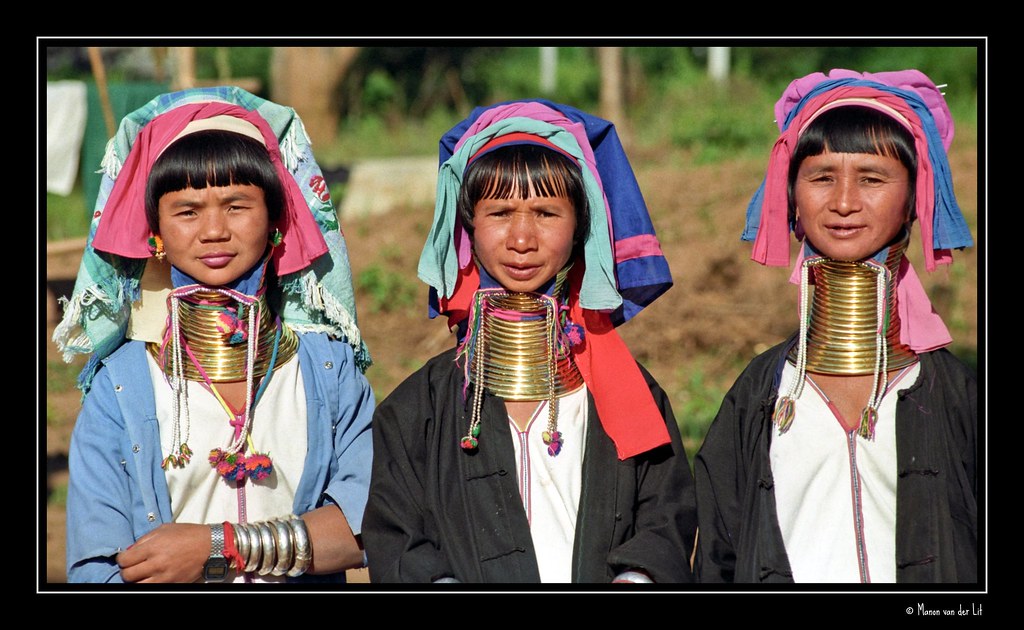
Longnecks, Burma... Most people know of the Karen people f… Flickr
The Karen people in Burma have been fighting a sixty-year civil war against the Burmese military regime for autonomy and cultural rights Between 2005 and 2011 almost seventy thousand refugees from Thailand, most of them Karen, were resettled in third countries including America, Canada and Australia. Burma or Myanmar? Karen or Kayin?
New Documentary Exposes Brutal Military Campaign Against Karen People in Burma
The Karen [a] ( / kəˈrɛn / ⓘ kə-REN ), also known as the Kayin, Kariang or Kawthoolese, are an ethnolinguistic group of Sino-Tibetan language -speaking peoples. The group as a whole is heterogeneous and disparate as many Karen ethnic groups do not associate or identify with each other culturally or linguistically.
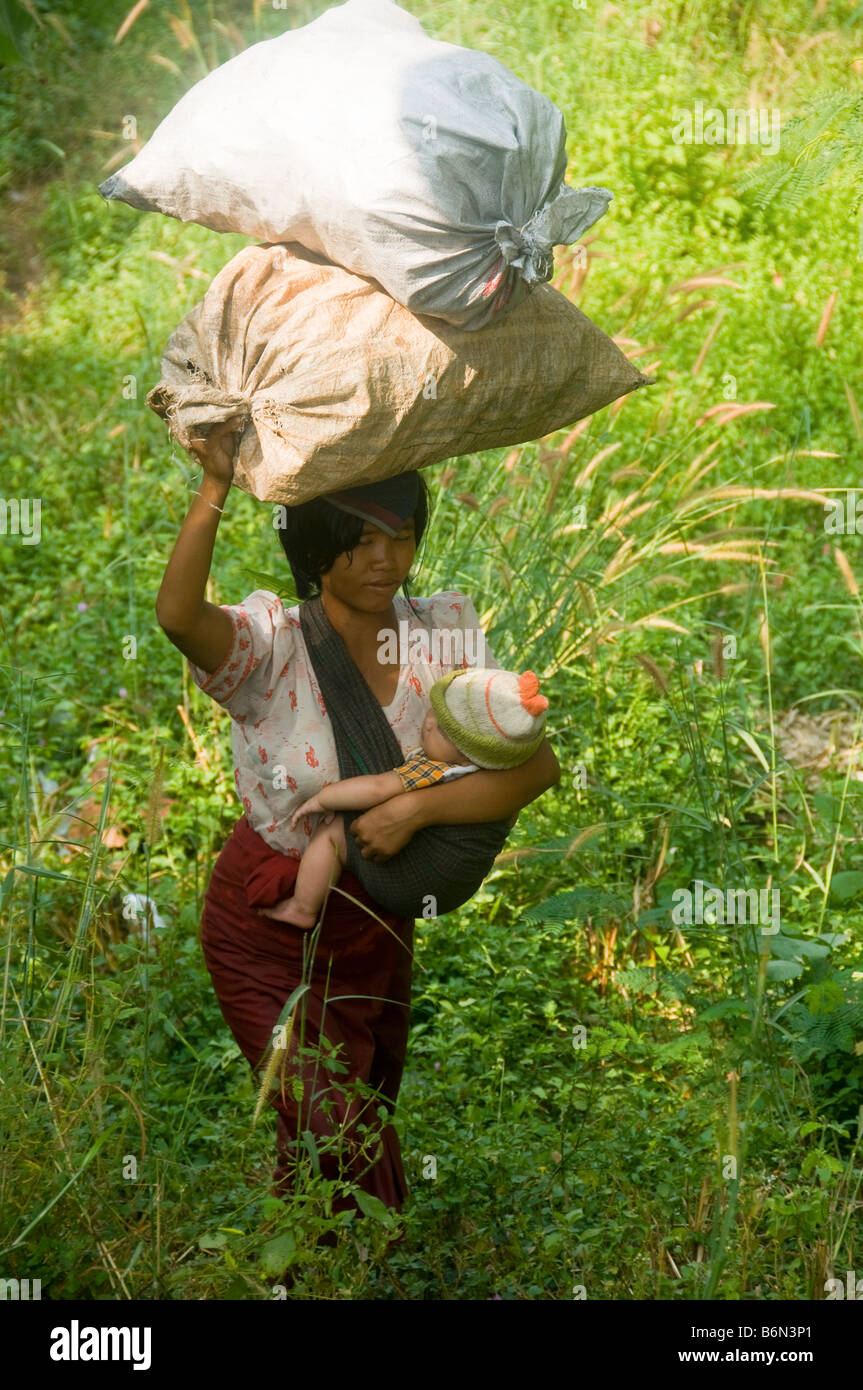
Burmese Karen woman crossing into Thailand with her baby and belongings Stock Photo Alamy
The term 'Karen' actually refers to a number of ethnic groups with Tibetan-Central Asian origins who speak 12 related but mutually unintelligible languages ('Karenic languages') that are part of the Tibeto-Burman group of the Sino-Tibetan family. Around 85 per cent of Karen belong either to the S'ghaw language branch, and are mostly.

The Karen People Of Burma A Culture Rich In History And Tradition Burma Travels
Best Burmese in Corona - Irrawaddy Taste of Burma, Mutiara Food & Market, Cetana Mon Myanmar Restaurant, Yoma Myanmar, Mandalay Eats, Bagan Burmese Kitchen, Burmese Please, Shwe Man Thu, Asia Supermarket

The Karen People Of Burma A Culture Rich In History And Tradition Burma Travels
Karen ETHNONYMS: Kareang, Kariang, Kayin, Pwo, Sgaw, Yang Orientation Identification. Historically, the written Burmese term "Karen" probably came from the word "Kayin," referring to the particular group of peoples in eastern Myanmar (Burma) and western Thailand who speak closely related but different Sino-Tibetan languages.
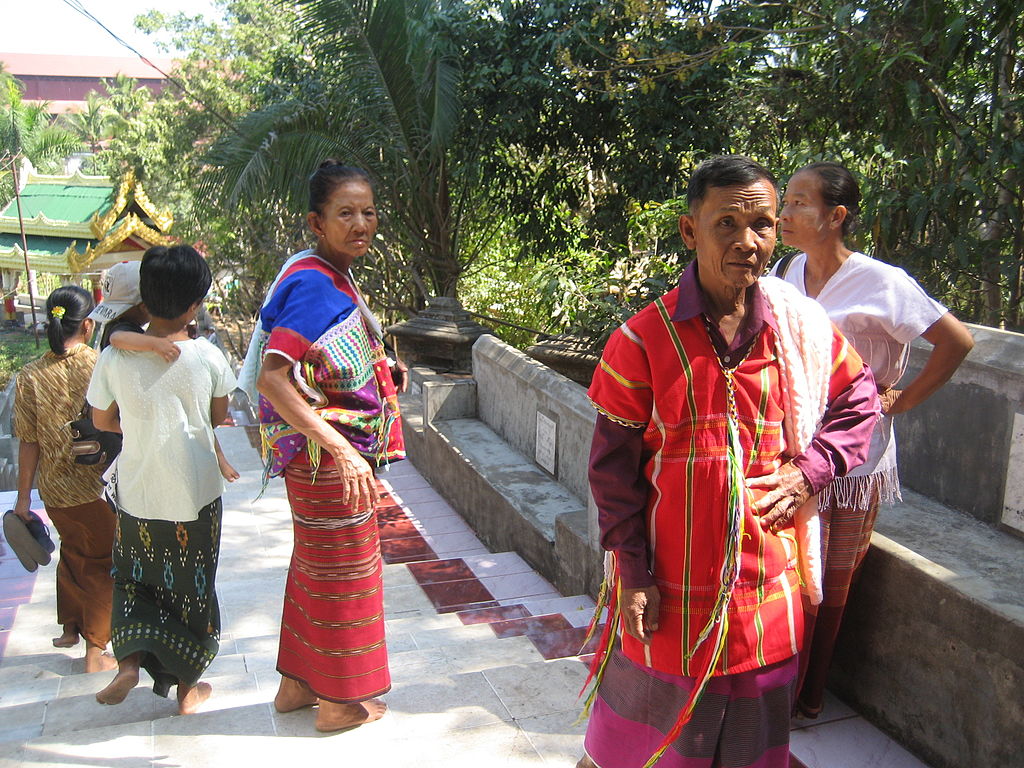
Nowlanguage, Karen People
The Karen People are an ethnic community that resides primarily in southeastern Myanmar and northwestern Thailand. Myanmar is comprised of seven Burmese administrative regions and seven.

burmese karen children ,mae la refugee camp(thai burmese border) , north of mae sot , tak
Karen (pronounced k'REN) people are an ethnic minority from the nation of Burma (also known as Myanmar). Karen refugees, who fled oppression from the Burmese government, began arriving in Minnesota in the early 2000s, with large numbers arriving starting in 2005. Today more than 10,000 people of Karen descent live in Minnesota. St.

Burmese Karen kids group editorial image. Image of group 85744410
28 March 2011 As Burma enters a period of political transition, the role of the Karen ethnic communities will be critical in responding to the political and economic challenges that will shape their future. An in-depth history and analysis of the Karen's complex relationship with the Burmese state and central government.
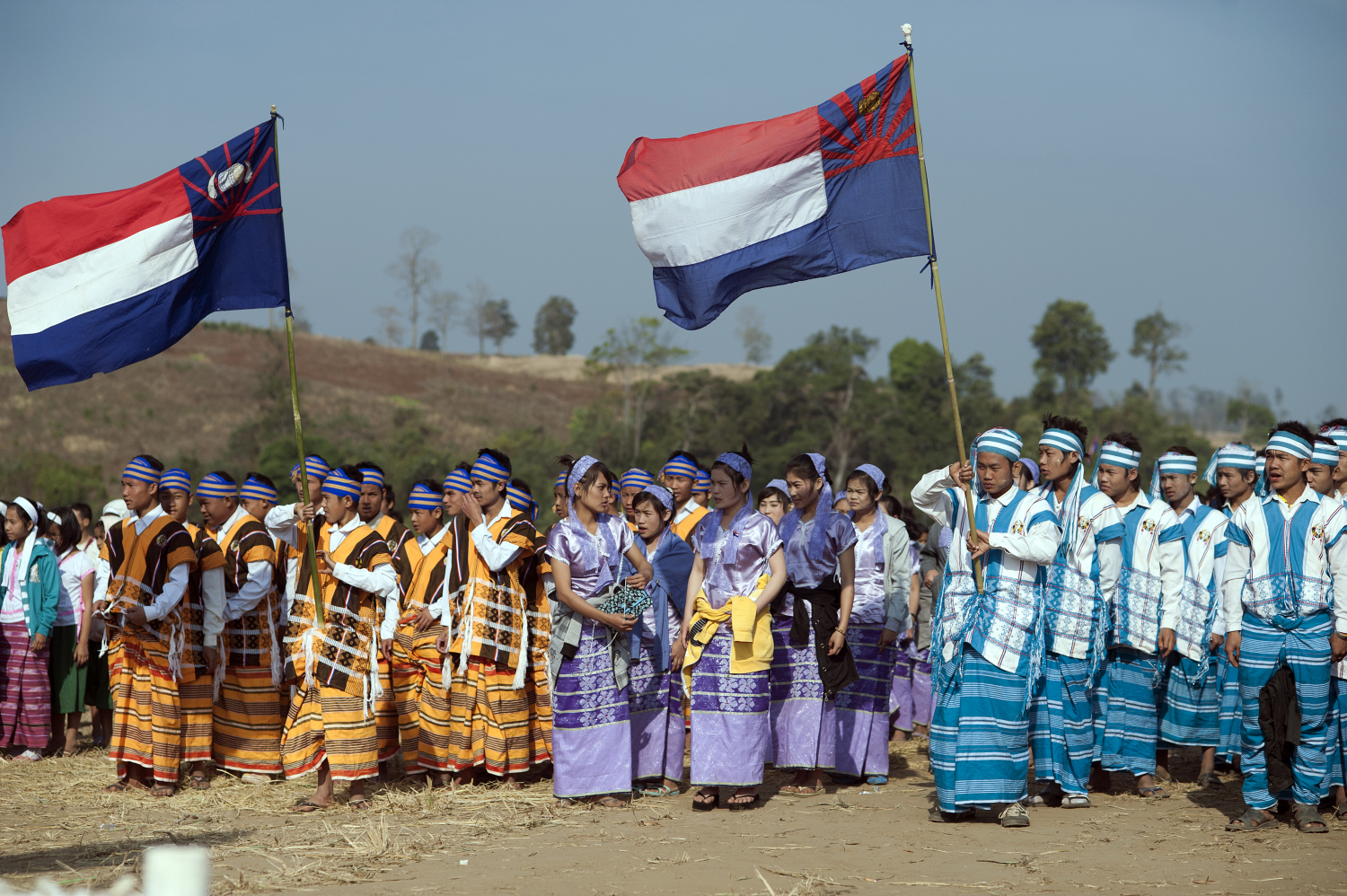
Inside Myanmar’s Karen State The Diplomat
The Karen are a large and dispersed ethnic group of Southeast Asia. They trace their origins to the Gobi Desert, Mongolia, or Tibet. Karen settled in Burma/Myanmar's southern Irrawaddy Delta area and in the hills along the Salween River in eastern Myanmar and in neighboring Thailand.

The Karen People of Myanmar Are Fighting a Peaceful Guerrilla Campaign YouTube
Jan. 1, 2024, 6:56 AM ET (CBS) Karen community celebrates new year in St. Paul Karen, variety of tribal peoples of southern Myanmar (Burma), speaking languages of the Sino-Tibetan family. They are not a unitary group in any ethnic sense, differing linguistically, religiously, and economically.
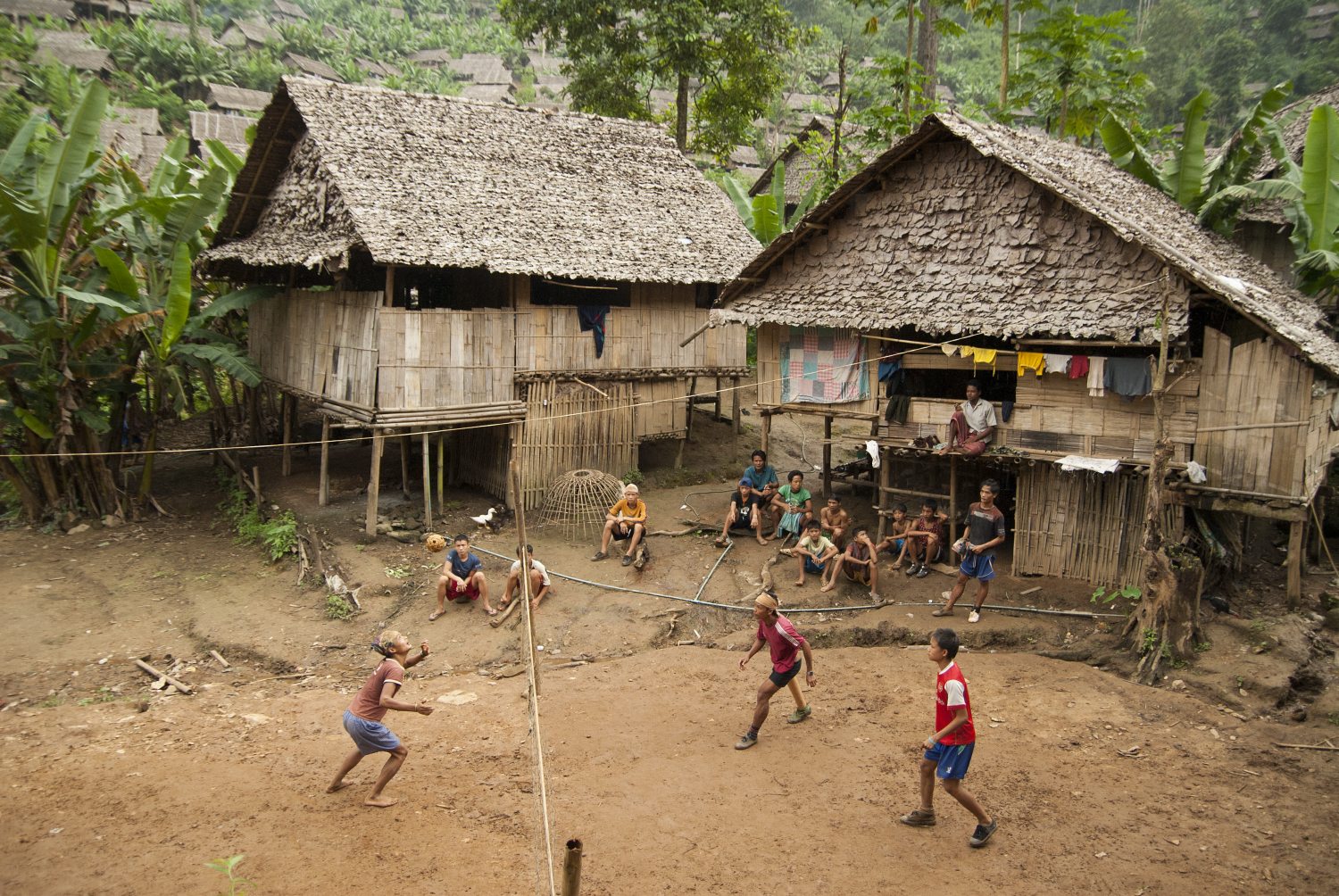
Inside Myanmar’s Karen State The Diplomat
The Karen conflict is an armed conflict in Kayin State, Myanmar (formerly known as Karen State, Burma). It is part of the wider internal conflict in Myanmar between the military government and various minority groups. Karen nationalists have been fighting for an independent state, known as Kawthoolei, since 1949. [8]